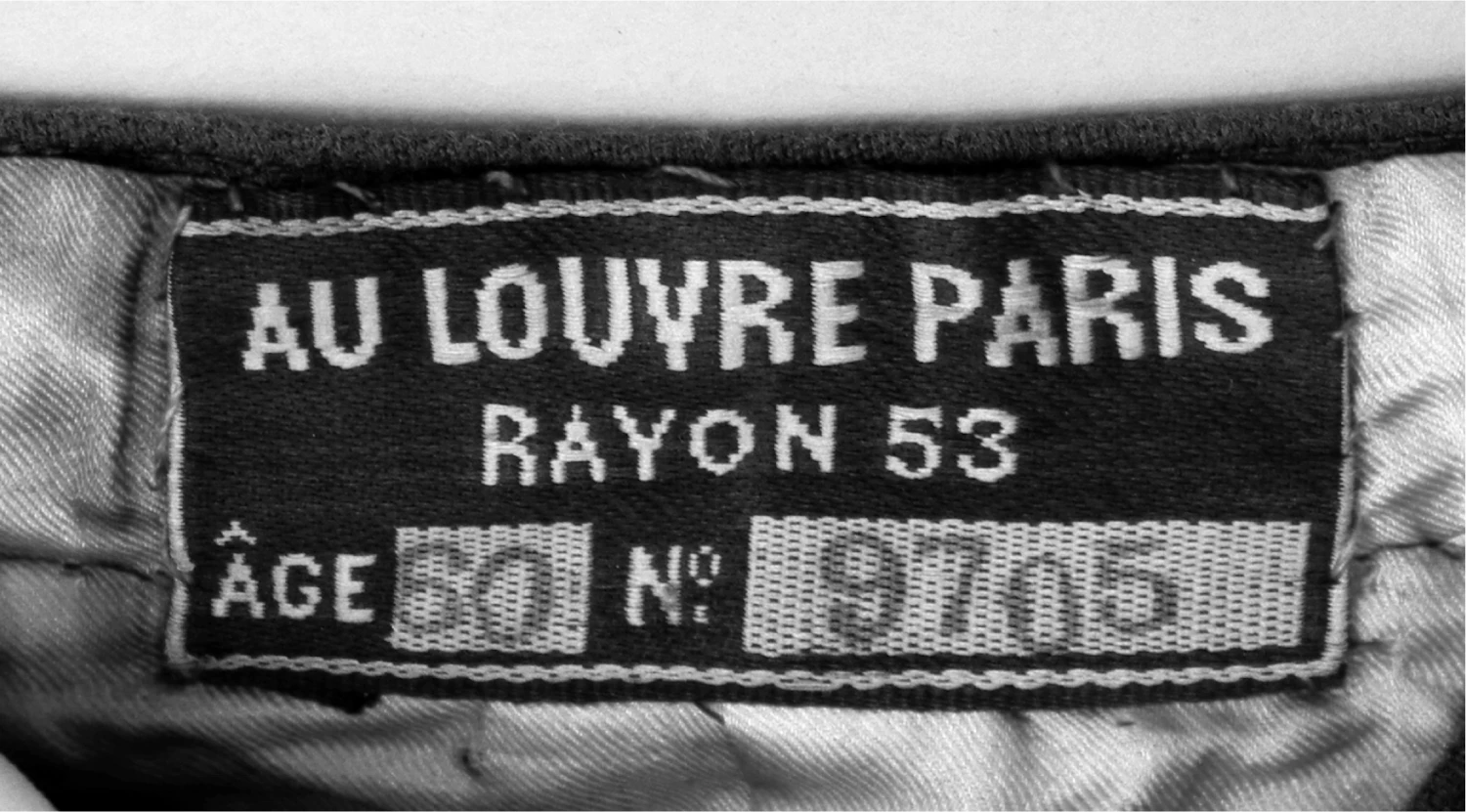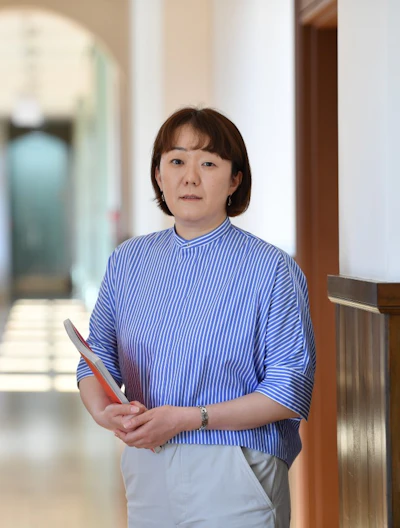12.26FRI
The Gender Perspective on Fashion (Iho Niimi)

In the diverse world of current fashion, it's become commonplace for men to incorporate women's fashion items into their wardrobe and for women to enjoy wearing menswear-styled coordinates. Reflecting today's societal changes, fashion brands too have started adopting non-gender-specific designs.
Historically, the act of wearing clothes of the opposite sex was viewed as peculiar and was closely related to gender norms of the time, but there have always been people who cross-dressed, and the reasons for this are beginning to be elucidated through research.
So, how did gender differences in clothing originate in the first place? What motivations do people have for cross-dressing, and how is it related to the genderless fashion trends of recent years?
In this feature, we spoke with Associate Professor Iho Niimi of Ochanomizu University, who specializes in Western fashion history, about the history of cross-dressing and the present state of genderless fashion.
PROFILE

Iho Niimi
Associate Professor at the Human and Sciences Department of the Faculty of Core Research Humanities Division at Ochanomizu University.
Her specialization is Western fashion history and fashion culture studies.
Primary works include her book "社会表象としての服飾―近代フランスにおける異性装の研究―"(Toshindo, 2010), the coauthored work "フランス・モード史への招待" (Yushokan, 2016), and edited work "歴史のなかの異性装" (Benseisha Publishing, 2017).
First, could you please tell us about your research, Professor Niimi?
I've been studying gender differences in fashion. You could perhaps call it a gender study using clothing as a case study. Specifically, I am investigating how gender norms, customary dress codes, and ideal body images were constructed in 19th-century France, considered the birthplace of the fashion industry.This article is for members only.
Please register to read the rest of the article.
What you can do with a membership
- Read members-only articles
and use text-to-speech. - Unlimited article favourites
and browsing history. - Attend members-only events.
- Get the latest information
with our email newsletter.
CONCEPT VIDEO
"fashion tech news" Unveils New Logo & Concept Video
TOP ARTICLES
RELATED ARTICLES
CONCEPT VIDEO
"fashion tech news" Unveils New Logo & Concept Video
CONTACT
If you have any questions or enquiries, please enter your details in the form below.
















.png?w=400&fm=webp)


